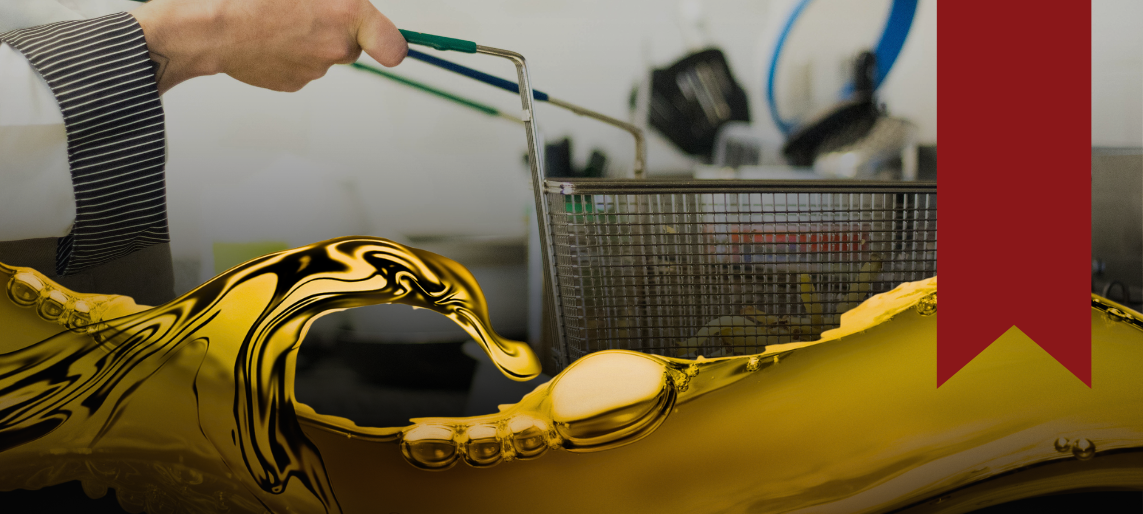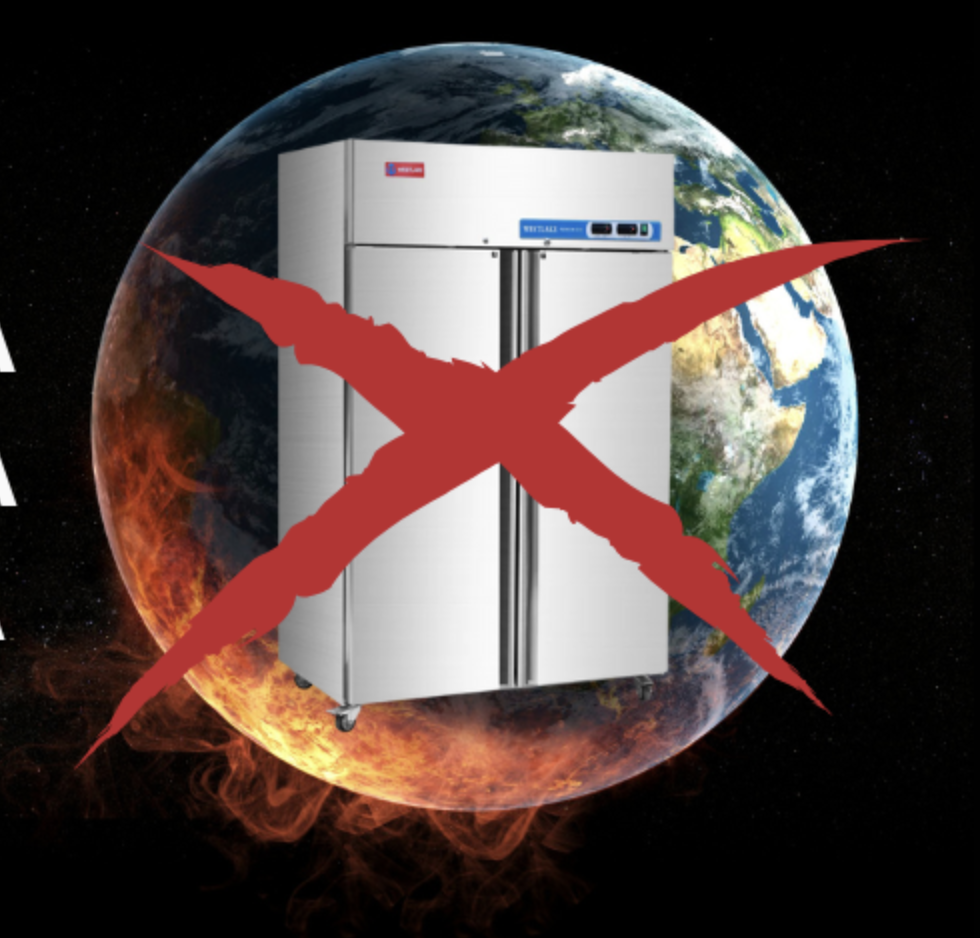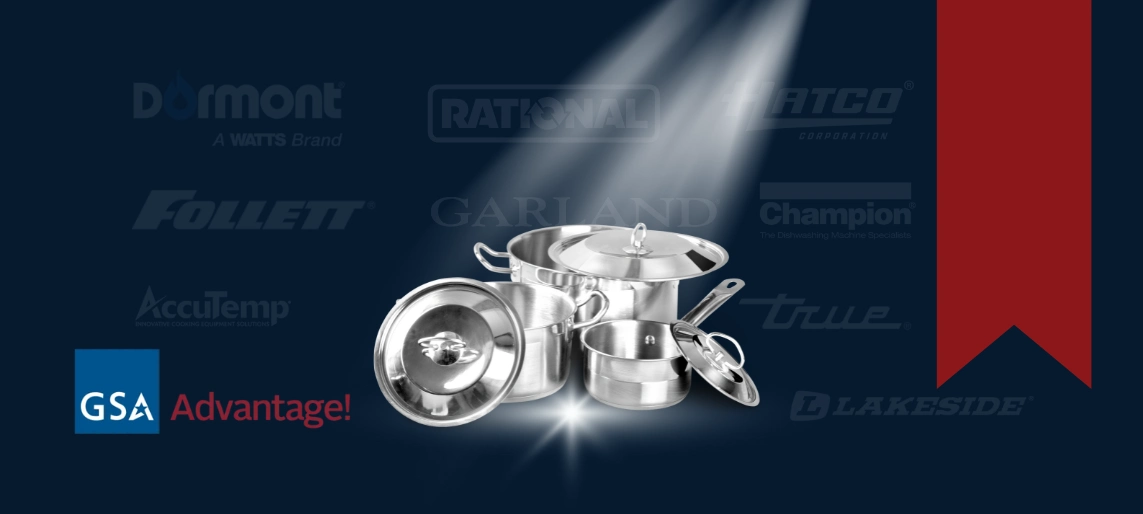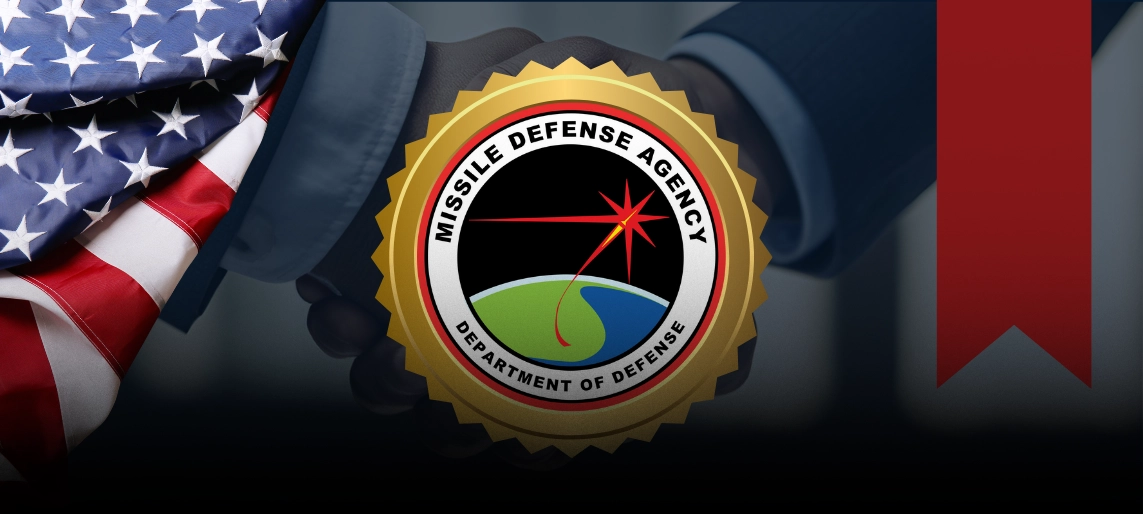
Summary
Summary: Grease trap cleaning is essential for preventing clogs, foul odors, plumbing emergencies, and code violations in commercial kitchens. Learn how grease traps work, why they matter, how often to clean them, supplies needed, step-by-step instructions, and common code requirements — plus a quick checklist for staff.
Why Grease Trap Cleaning Matters
Grease traps (also called grease interceptors) capture fats, oils, and grease (FOG) before they enter plumbing lines. If they aren’t cleaned regularly:
- Clogs back up sinks, dish machines, and drains.
- Foul Odors spread through the kitchen and dining areas.
- Health Code Violations can lead to citations or even closure.
- Plumbing Damage becomes costly, especially in older facilities.
How Grease Traps Work
A grease trap slows the flow of water so grease can float to the top and solids sink to the bottom. The relatively cleaner water flows out into the sewer system, while FOG is captured inside the trap. Over time, this buildup reduces capacity and requires cleaning.
📌 Key point: A grease trap is not a grease disposal system — it’s a holding device that must be emptied and maintained.
How Often Should Grease Traps Be Cleaned?
The answer depends on usage, but common guidelines include:
- Every 1–3 months for high-volume kitchens (restaurants, hospitals, schools, commissaries).
- Every 3–6 months for lower-volume kitchens.
- Local regulations may mandate a specific frequency (often the 25% rule — when 25% of the trap’s liquid depth is grease and solids, it’s time to clean).
📌 Pro Tip: Federal and institutional kitchens are often inspected, so cleaning logs are just as important as the cleaning itself.
Signs It’s Time to Clean Your Grease Trap
Don’t wait for an inspector to tell you — your kitchen will give you clues:
- Slow Drains – Water backs up in sinks or dish machines.
- Bad Smells – Foul odors coming from the trap or drains.
- Visible Grease – A fatty film around sinks or in drain lines.
- Overflow or Backups – Grease rising through sinks or floor drains.
Supplies Needed to Clean a Grease Trap
- Protective gear (gloves, goggles, apron)
- Bucket or container for waste
- Scraper or scoop for removing grease solids
- Wet/dry vacuum (optional, speeds up removal)
- Absorbent material or enzyme-based cleaner for final rinse
- Grease disposal container (follow local waste disposal laws)
How to Clean a Grease Trap: Step by Step
- Turn off water flow and allow trap to cool.
- Remove the lid carefully (grease traps can have strong odors).
- Scoop out grease and solids into a container for proper disposal.
- Scrape down baffles and sides to remove buildup.
- Vacuum or scoop out water and sediment from the bottom.
- Rinse with warm water and enzyme cleaner (avoid harsh chemicals).
- Replace lid tightly and check for leaks.
- Log the cleaning date, method, and initials for inspection compliance.
Quick Grease Trap Cleaning Checklist
Before You Start
- Wear gloves, goggles, and protective clothing
- Gather scoop/scraper, bucket, absorbent pads, disposal containers
- Turn off water flow to the trap
Cleaning Steps
- Remove trap lid carefully
- Scoop out grease and solids into a container
- Scrape baffles and trap walls to remove buildup
- Vacuum or scoop out liquid and sediment from bottom
- Rinse with warm water and enzyme cleaner
- Replace lid securely and check for leaks
After Cleaning
- Dispose of grease properly (never down the drain)
- Record date, time, initials, and volume removed in the Grease Trap Log
- Schedule next cleaning (every 1–3 months for high-volume kitchens)
📌 Pro Tip from Aldevra: Follow the 25% rule — if grease and solids take up 25% or more of the trap’s liquid depth, it’s time to clean.
Staff vs. Professional Cleaning
- Staff Cleaning – Small under-sink traps can be cleaned in-house with proper training and PPE.
- Professional Cleaning – Larger interceptors (typically 500+ gallons) should be serviced by licensed grease haulers who can pump, dispose, and document waste legally.
Grease Disposal Best Practices
- 🚫 Never pour grease down drains.
- ✅ Store grease in sealed containers and dispose of it according to local laws.
- ♻️ Many cities require licensed waste contractors to haul grease. Some oil recycling companies even pay for used cooking oil.
The Cost of Neglecting Grease Trap Cleaning
Failing to clean grease traps doesn’t just create smells — it creates big costs:
- Emergency plumber calls: $300–$1,000+ per visit.
- Lost revenue: Kitchens may need to shut down until the trap is cleared.
- Health fines: Citations can range from hundreds to thousands of dollars.
- Reputation damage: Bad odors or closures can drive away customers.
Common Code Requirements
- EPA & Local Health Departments: Require proper disposal of grease (not down drains).
- Plumbing Codes: Grease traps must be sized and installed based on kitchen volume.
- Inspection Standards: Many jurisdictions require cleaning logs kept onsite.
Aldevra’s Perspective
We’ve seen too many kitchens shut down or fined because grease traps weren’t maintained. At Aldevra, we recommend pairing regular grease trap service with your drain cleaning program — it keeps kitchens running safely and helps you pass inspections the first time.
FAQs About Grease Trap Cleaning
Q: Can I pour chemicals into a grease trap to clean it?
A: No — harsh chemicals damage the trap and pipes. Use enzyme-based cleaners instead.
Q: Who should clean grease traps — staff or professionals?
A: Small under-sink traps can be cleaned by trained staff. Large interceptors should be serviced by a licensed contractor.
Q: What happens if I don’t clean my grease trap?
A: Expect clogs, foul odors, plumbing emergencies, and potential shutdowns during inspection.
Q: Can grease be disposed of in the trash?
A: Yes, if collected in sealed containers and disposed of according to local laws. Some jurisdictions require licensed hauling.
✅ Bottom line: Grease trap cleaning isn’t optional — it’s essential. Done regularly, it prevents costly downtime, keeps you compliant, and ensures your kitchen stays safe and operational.











